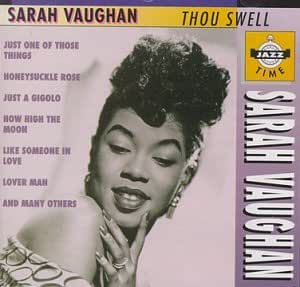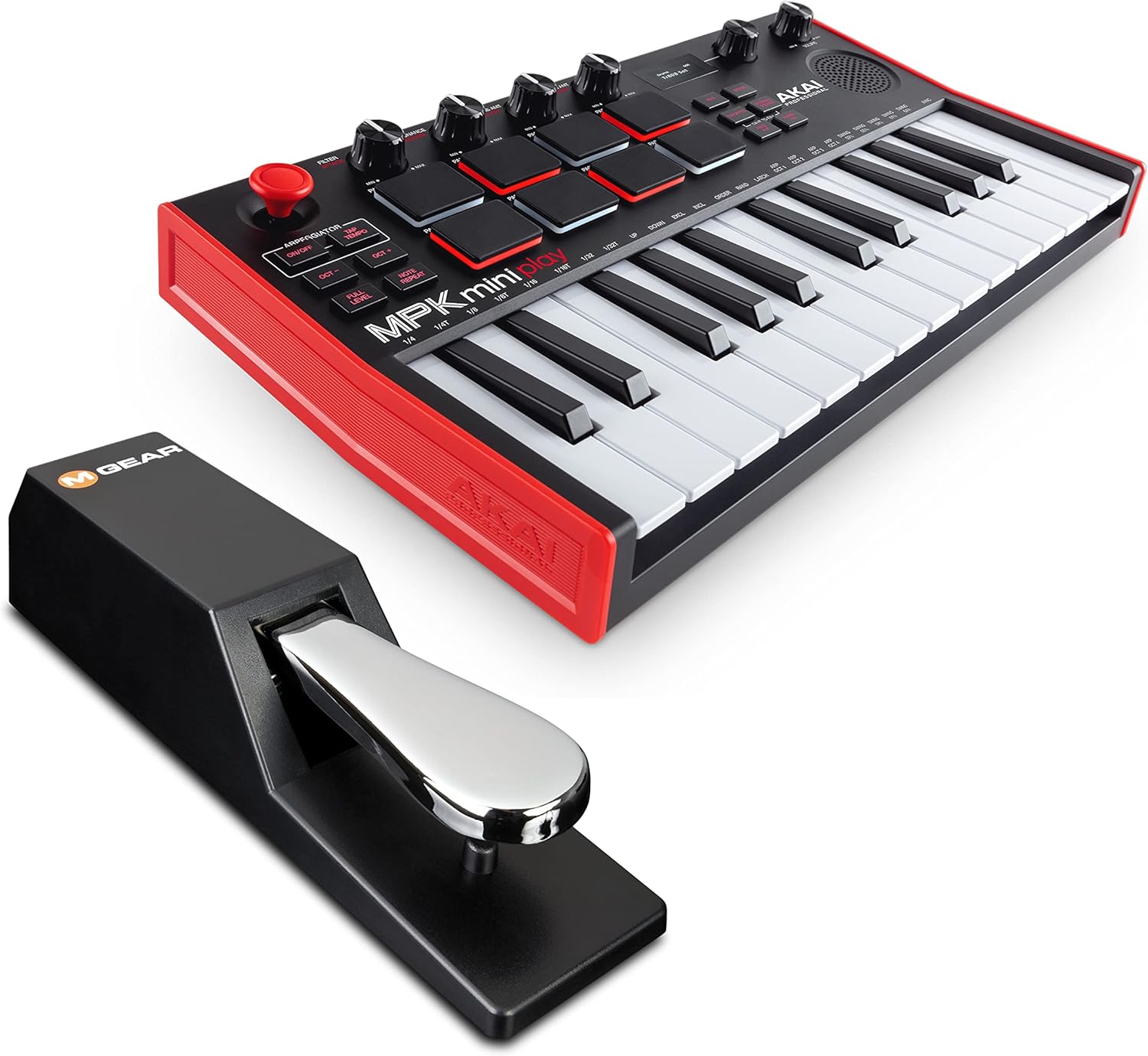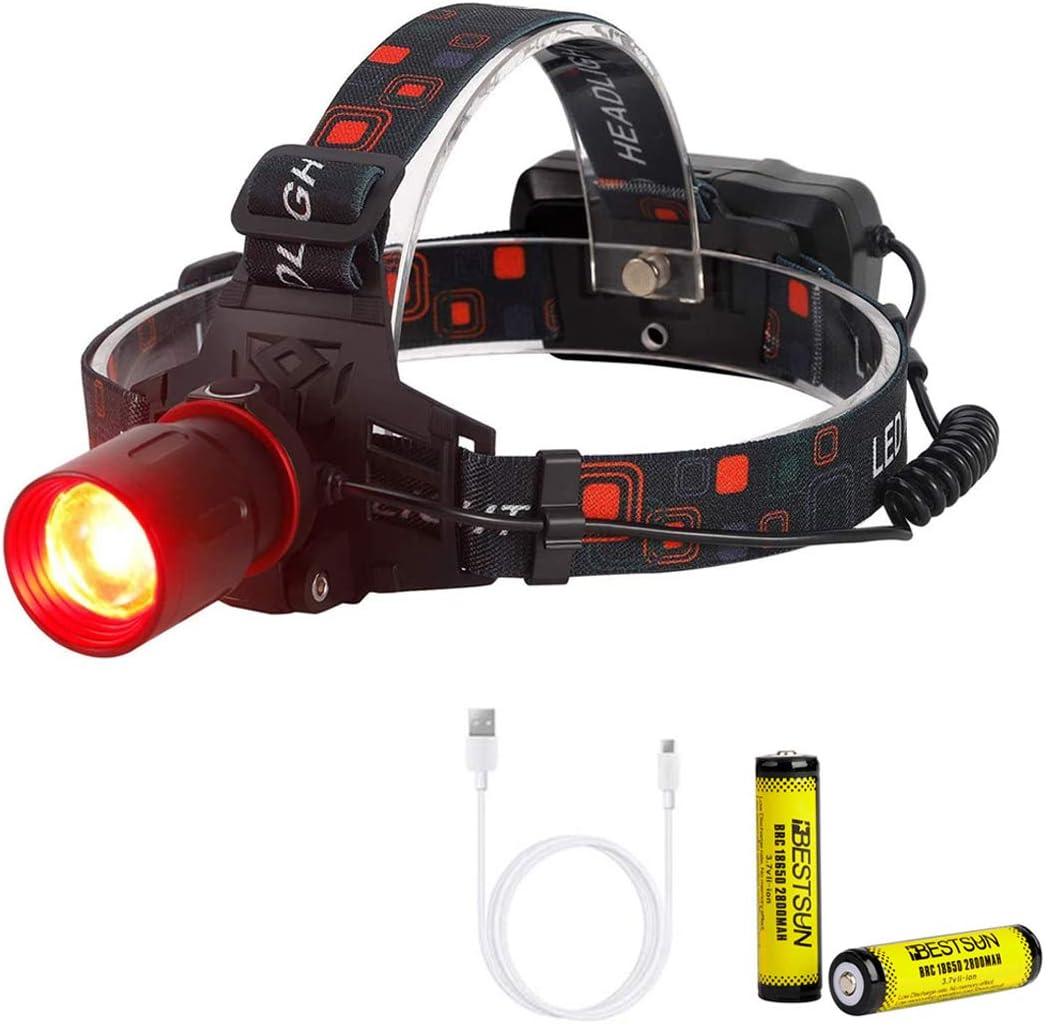A Beginner\’s Guide to Understanding MIDI Swell Pedals
In the world of music production and performance, technology has opened up a plethora of tools that enhance creativity and performance. One such tool is the MIDI swell pedal, a device that allows musicians to modulate the volume of their sound dynamically. In this article, we will explore what MIDI swell pedals are, how they work, their benefits, and tips for selecting the right one for your needs.
What is a MIDI Swell Pedal?

A MIDI swell pedal, often referred to as a volume pedal or expression pedal, is a device used to control the volume or modulation of sound in electronic musical instruments and digital audio workstations (DAWs). Unlike traditional volume pedals that merely adjust audio levels in real-time, MIDI swell pedals send continuous control changes (CC) to MIDI-enabled devices, allowing for more nuanced and expressive performances.
How Does a MIDI Swell Pedal Work?
MIDI swell pedals operate on a straightforward principle. They are usually equipped with a potentiometer that detects the position of the pedal and sends corresponding MIDI messages to the connected devices. Here’s a breakdown of how they function:
- Pedal Movement: As the musician pushes the pedal down, it modifies the resistance, which in turn generates a MIDI signal.
- MIDI Signal Transmission: The pedal sends a Continuous Controller (CC) message to the connected instrument or software, indicating the desired volume level.
- Sound Modulation: The receiving device interprets this signal and adjusts the volume or effect accordingly, allowing for smooth swells and fades in the sound.
The Benefits of Using a MIDI Swell Pedal

Incorporating a MIDI swell pedal into your setup can enhance your musical expression in several ways:
- Dynamic Control: Musicians can create gradual volume increases or decreases, adding emotional depth to their performances.
- Versatility: MIDI swell pedals can control various parameters beyond volume, such as modulation depth, filter cutoff, and effects levels.
- Improved Performance: By allowing hands-free control over dynamics, musicians can focus on playing their instrument or singing without needing to adjust volume knobs manually.
- Compatibility: Most MIDI swell pedals are compatible with a wide range of instruments and software, making them an excellent addition to any setup.
Popular Use Cases for MIDI Swell Pedals

MIDI swell pedals are used across various music genres and settings. Here are a few notable examples:
- Live Performances: Many guitarists, keyboardists, and vocalists use swell pedals live to enhance their set with dynamic swells and fades.
- Studio Recording: Producers and sound engineers utilize swell pedals to shape sounds during recordings, adding layers of emotion to tracks.
- Film Scoring: Composers often employ swell pedals to create dramatic soundscapes, using gradual volume changes to build tension or evoke specific emotions.
Choosing the Right MIDI Swell Pedal

With a variety of MIDI swell pedals available, selecting the right one for your needs can be daunting. Here are several factors to consider:
- Compatibility: Ensure the pedal is compatible with your existing setup, including your MIDI controller, synthesizers, and DAW.
- Build Quality: Look for a pedal made from durable materials that can withstand frequent use, especially if you plan to use it in live performances.
- Control Range: Different pedals offer varying ranges of control. Some allow for a full sweep from 0-127 MIDI values, while others may have limited ranges.
- Features: Consider additional features such as adjustable resistance, MIDI channel selection, and programmability that may enhance your performance.
- Price: MIDI swell pedals can vary significantly in price. Determine your budget while considering the features that are essential for your needs.
Setting Up Your MIDI Swell Pedal

Once you’ve chosen a MIDI swell pedal, it’s time to set it up. Here’s a step-by-step guide:
- Connect the Pedal: Use a MIDI cable to connect the pedal to your MIDI controller or synthesizer.
- Power Up: Ensure the pedal is powered on, either via battery or a power adapter.
- Configure MIDI Settings: Access your DAW or instrument’s MIDI settings to assign the correct MIDI channel and CC number to the swell pedal.
- Test the Pedal: Play your instrument and slowly move the pedal to test if the volume or parameter responds as expected.
Examples of Popular MIDI Swell Pedals
There are numerous MIDI swell pedals on the market, each offering various features. Here are a few popular options:
- Moog EP-3: Known for its robust build and compatibility with various Moog synthesizers, the EP-3 is a favorite among electronic musicians.
- Boss FV-500H: This high-quality pedal provides a smooth response and can be used for both volume and expression control.
- Ernie Ball MVP: A versatile option that features a built-in tuner and can be used for volume and expression, making it ideal for live use.
- Yamaha FC7: This pedal is designed to work seamlessly with Yamaha keyboards and is known for its durability and reliability.
Case Studies: Successful Use of MIDI Swell Pedals

Many artists and bands have successfully integrated MIDI swell pedals into their performances and recordings. Here are a couple of notable case studies:
- Radiohead: The band’s guitarist, Jonny Greenwood, often uses MIDI swell pedals to create atmospheric textures in live performances, enhancing the emotional impact of their music.
- Hans Zimmer: The renowned film composer utilizes MIDI swell pedals in his scoring sessions to add dynamic swells to orchestral arrangements, creating tension and release in his film scores.
MIDI swell pedals are powerful tools that can significantly enhance your musical performances and recordings. By allowing dynamic control over volume and other parameters, they provide musicians with the ability to express emotions and create immersive soundscapes. When selecting a MIDI swell pedal, consider compatibility, build quality, and essential features to find the right fit for your setup. Whether you’re performing live, recording in the studio, or composing for film, incorporating a MIDI swell pedal can elevate your music to new heights. With this beginner’s guide, you now have the knowledge to explore the world of MIDI swell pedals and harness their potential in your musical journey.


